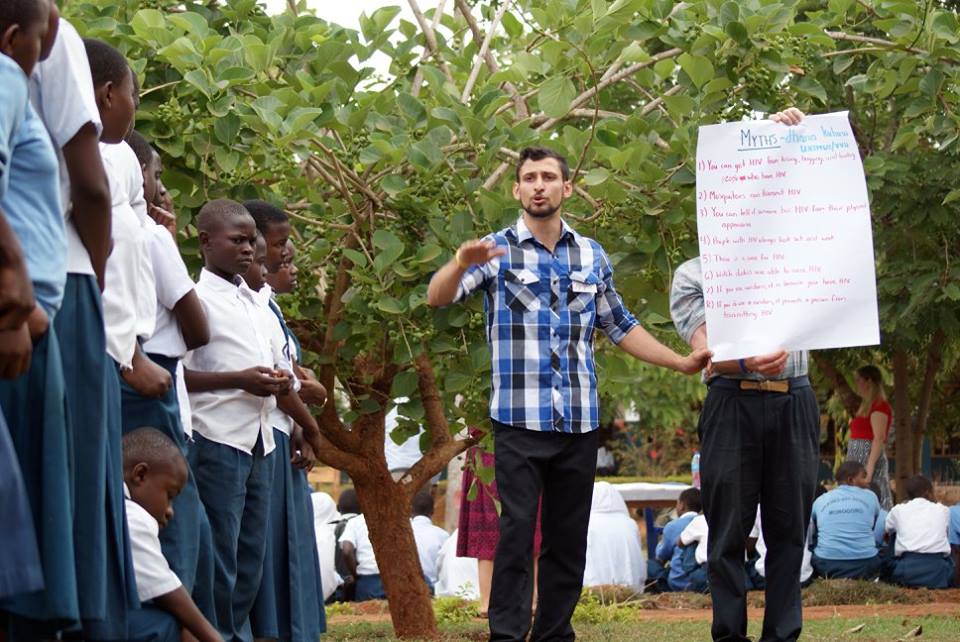After the barriers of education and access to health services have been overcome, many women in Tanzania are still unable to protect themselves from HIV. Knowledge of HIV is becoming more wide spread and HIV testing and prophylaxis are increasingly available and affordable, but this epidemic will not end until a further barrier is overcome.
When a woman holds in her hand a condom she was given that morning from the village clinic, she knows it can protect her from contracting HIV. She knows her husband has other women when he goes into town to sell their harvest and that the HIV rate among prostitutes in town can be as high as 40%. She knows she is at risk, so why would she not use the condom?
When a woman carries the primary responsibility of providing for and taking care of her family, she may forgo the condom because each year she delays children is another year of struggle without help on the farm or a year of old age without anyone to care for her. When a woman’s value in her community is tied to her ability to bear children, she may decide the risk of HIV is less than the risk of becoming an outcast if she does not begin having children shortly after marriage. When a woman’s voice is valued less than a man’s, she may insist on using a condom and be ignored by her partner, accused of infidelity, or be seen as accusatory.
A woman takes her youngest son to the clinic because he has been sick almost constantly since he was born. The nurse tests both the child and his mother and it is only then that the mother learns she is HIV positive and that she likely gave her son the virus when he was born. Now she understands why she and her husband become tired easily and are not able to farm as much land as they used to. The mother bears the primary responsibility of taking care of her son and her husband, so when her disease progresses, her daughter is forced to drop out of school to help take care of her family.
Despite the cultural obstacles that keep a woman from protecting herself against HIV, women are often left with more consequences of the HIV epidemic. Women are biologically more susceptible than men to contracting HIV through heterosexual intercourse and women are more likely to live in poverty than men. Women in Tanzania typically work more hours in a day than their male counterparts, but the roles typically performed by women are not given a high economic value (cooking, cleaning, taking care of children, farming for family consumption). This puts women in a position with less time in the day and fewer economic opportunities, and therefore fewer alternatives to remaining with an abusive partner, resorting to prostitution, or accepting HIV as inevitable.
A secondary school girl works hard in class but struggles with harassment from one of her male teachers. Her teacher knows she has no extra money beyond school fees, her family only earns enough to feed themselves and have taken out a loan to send their daughter to school. He starts giving her gifts of necessities as basic as soap, but later pressures her for sex. When she refuses, he threatens to fail her from his class. She knows that accepting puts her at risk of pregnancy and HIV, but she also knows that insisting on a condom or testing for HIV could anger him and risk her being sent back to her village in shame, with no future.
The epidemic of HIV is just one example why gender equality is not exclusively a women’s issue. These examples are not hypothetical, they are all too common. What they share is an underlying inequality that disempowers the entire society in the struggle against the HIV epidemic. This is why empowering women is not just a niche within the larger HIV discussion, it is essential. When the social structures that confine a woman’s options and opportunities are identified and dismantled, we can begin to move from the stigma of HIV as a disease of the ignorant and careless towards a lasting solution.
-Frederick Livingston



